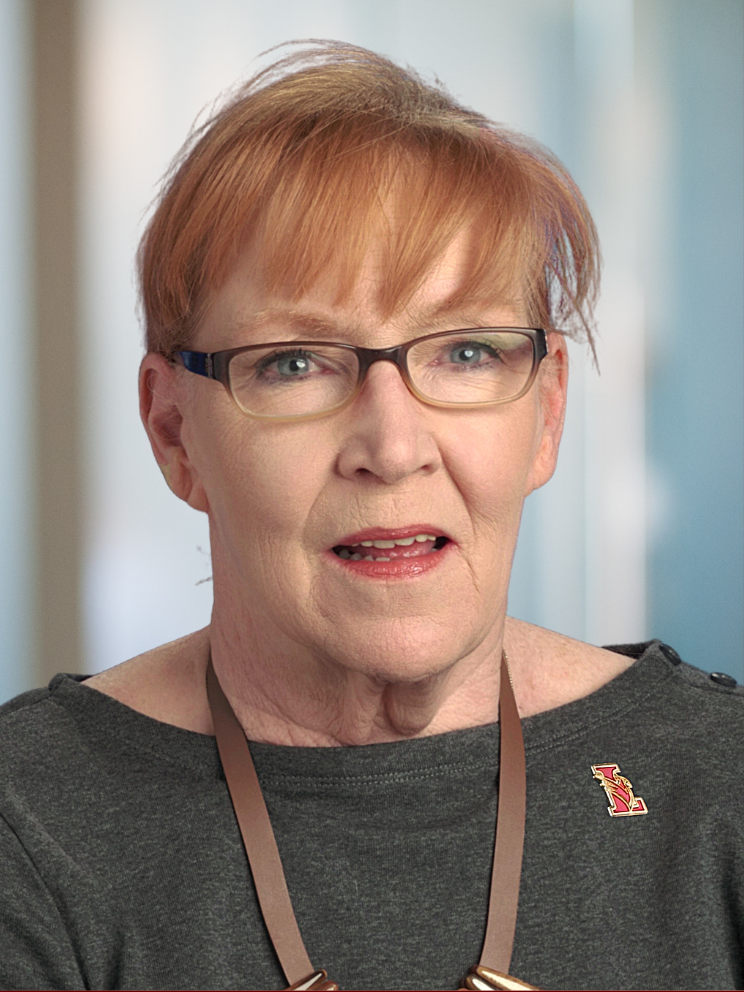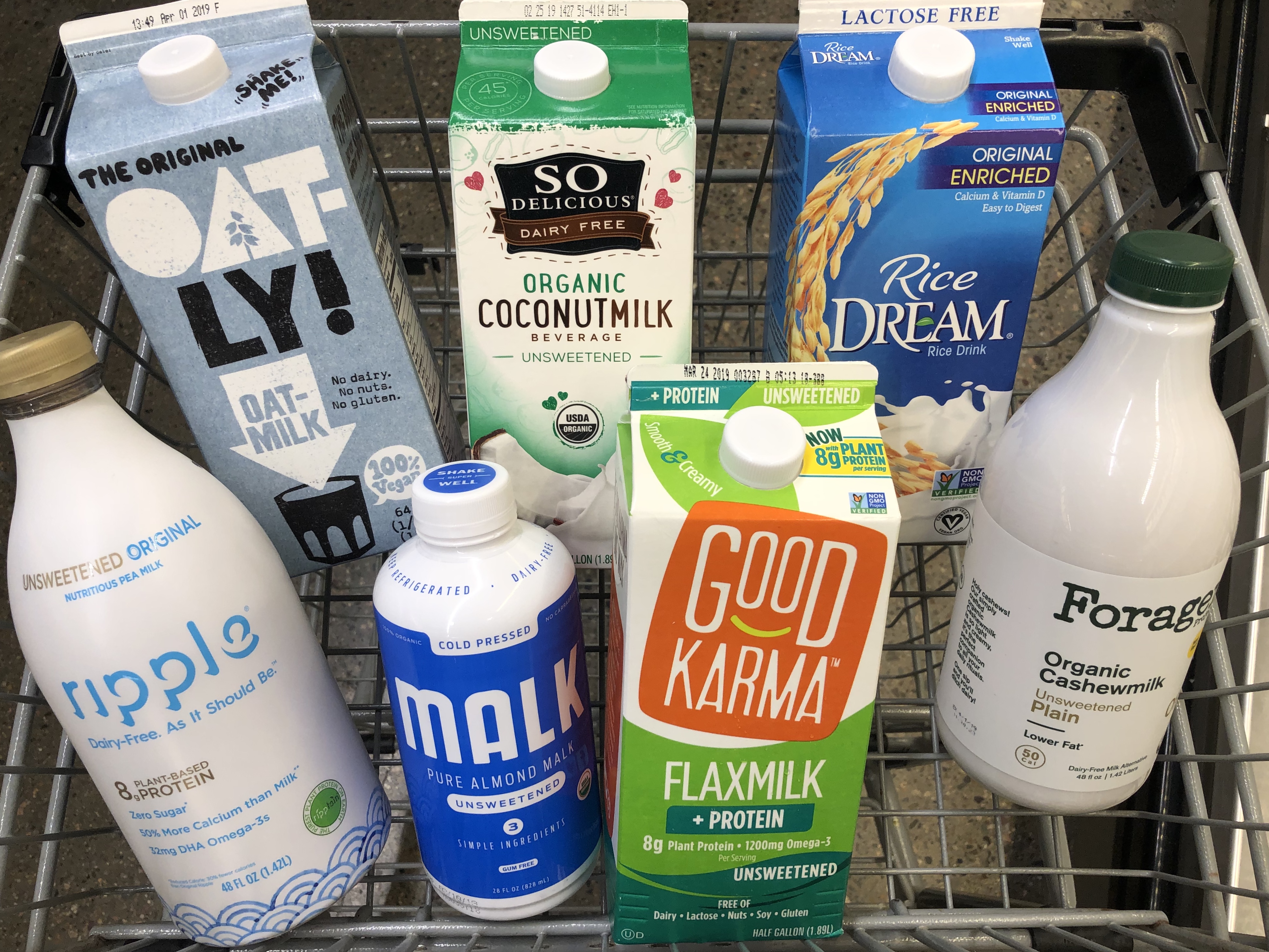I’m an empty nester, but my chicks still come home. When they do, they give me a heads-up so I can “feather” the nest with the foods they like. Gone are the days with a fully stocked larder. I shop for one and I’m mindful of the food I waste. The girls were surprised that one thing I no longer buy regularly is milk. That’s partly because when they come home, I need to inquire what type of milk they drink now. The dairy cases have changed, and my young women’s tastes have too.
Why are people down on cow’s milk? It is a remarkable food. According to Healthline, one eight-ounce glass provides almost every single nutrient a human body needs. Because of the calcium and protein in milk, it’s beneficial in promoting bone health, and studies show a correlation between milk consumption and lower blood pressure, both important to aging bodies.
Today, the grocery shelves are chock full of alternative “milks” made from nuts or plants. A person may go dairy free for any number of reasons, including lactose intolerance or a need to reduce cholesterol or fat intake. People also choose nondairy milks because they are vegan or they want to stick to cruelty-free products.
If you’re unable to drink milk as you age but worry about sacrificing health benefits, you’ll want to look for “enriched” nondairy alternatives that have added vitamins and minerals. They frequently contain added vitamin D, calcium and protein, making them similar to regular milk in nutritional content.
Of the nut milks, almond milk is probably the most popular. While low in protein, it’s high in vitamins and nutrients. Almond milk is slightly sweet, nutty and creamy. Many enjoy it straight from the glass, in coffee or poured over cereal. Almond milk can be used in most recipes, but given its sweetness, you may prefer to reserve it for desserts and smoothies.
Soy milk has the most protein of the nondairy milks. This may be the best choice for older adults, up to one-third of whom don’t get enough protein to aid in preserving muscle mass. Rich and creamy, soy milk is good for drinking straight from the glass, for cereal or in coffee. The taste is nutty and slightly sweet. When it comes to cooking, soy milk is one of the best milks to choose. It can be used in place of cow’s milk in almost any recipe.
Rice milk is not as thick as other nondairy milks and is not as good for baking. It is made by blending boiled rice with water and adding some type of sweetener. It has a light, sweet flavor but it’s not the nutrition powerhouse of other milks.
Flax milk and oat milk are plant-based options. Flax oil and water, or oats blended in water, produce lactose-free, cholesterol-free beverages for coffee drinks, cereal and smoothies.
How do you know which milk you’ll like? One complaint I hear is that you need to buy a half-gallon to sample, with no way to really compare milks without a financial commitment.
There’s talk at the FDA about whether these items can be called “milk” at all, but new nondairy substitutes are showing up all the time. I would still prefer to dip my Oreo in icy-cold cow’s milk, while my daughters use nondairy in their coffee. Either way, if Starbucks has oat milk, it’s gone mainstream.

Pepper Evans works as an independent-living consultant, helping older adults age in place. She is the empty-nest mother of two adult daughters and has extensive personal and professional experience as a caregiver. She has worked as a researcher and editor for authors and filmmakers. She also puts her time and resources to use in the nonprofit sector and serves on the Board of Education in Lawrence Township, NJ.



